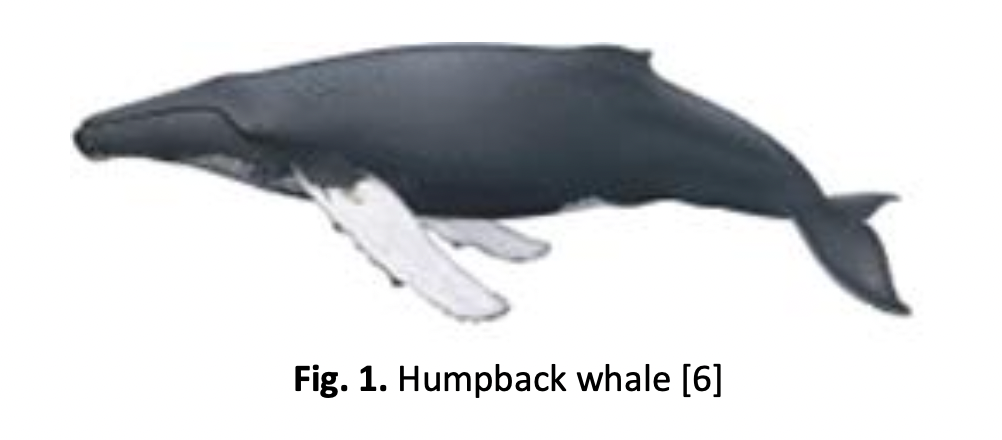Investigation on the Performance of Micro Wind Turbine Rotor Using Whale-Inspired Blade Based on Low Wind Regime
DOI:
https://doi.org/10.37934/arfmts.101.2.184196Keywords:
Wind turbine rotor, rotor blade, low wind speed, coefficient of performance, torque, blade leading edgeAbstract
The potential of wind energy in a country varies depending on the region. For example, in Northern regions of Nigeria, cities like Minna, Sokoto, Kano and Jos are the most potential locations and experience not more than 5.24 m/s mean wind speed with Jos having the highest average wind speed. In most cases internationally wind turbines are design to operate at the rated wind speed much greater than mean wind speeds in Nigeria (in most cases above 8 m/s). Installation of these wind turbines in a similar location to Nigeria (in terms of wind speed condition) will significantly decrease their performance. Therefore, it become necessary to design and produce wind turbines that will function efficiently in low wind speed locations. One of the technologies to improve wind turbine rotor blade effectiveness in low wind regime is to boost the operating angle of the wind turbine, and hence the prospect for the improvement of wind turbine performance. An innovative way recognized previously by some researchers for increasing the working angle of the blade at low wind speed for improved performance is modification of wind turbine blade leading edge. This research studied three-bladed wind turbine rotor with modified blades leading edges (by incorporating sinusoidal bumps) at low wind speeds using CFD method. Two CAD models of wind turbine blades based on 0.8m three-bladed wind turbine rotor were modelled and simulated. One blade model is having straight leading edge (N-Blade) and the other having bumpy leading edge (M-Blade). Both models have NASA LS (1)-0413 cross-section profile. Simulations were run using ANSYS 20 from a velocity of 2 m/s to 10 m/s at the interval of 2m/s considering TSR of 6 and 8. At a TSR of 6, the coefficients of performance (Cp) values are not equal, with the straight blade having better performance than the bumpy blade at all velocities tested; the Cp values of blade with straight leading edge are 0.180, 0.267, 0.300, 0.313, 0.322 at respective velocities of 2, 4, 6, 8, and 10m/s, while Cp values of blade with bumpy leading edge at the same velocities are 0.165, 0.250, 0.281, 0.294, and 0.303 respectively. At a TSR of 8, the CP values closely match for both straight and bumpy blade at all velocities tested for. Simulations were further run at constant angular velocity of 120 rad/s for a TSR of 2, 4, and 10, where the peak performance occurs is around TSR of 6 and 8. For instance, the Cp values of M-Blade are 0.022, 0.173, 0.294, 0.313, and 0.116 respectively at the TSR of 2, 4, 6, 8, and 10. At TSR of 2, 4, 8 and 10, the performance of both airfoils closely matches except at a TSR of 6 where the N-Blade Cp value is 0.313 and is better than that of M-Blade Cp value (0.294). It shows that the blade leading edge modification could not have advantage at all flow conditions and size of the HAWT blades; it shows no advantage on the performance of the rotor blade tested in this research at the velocities at which the simulation was conducted.
Downloads
































